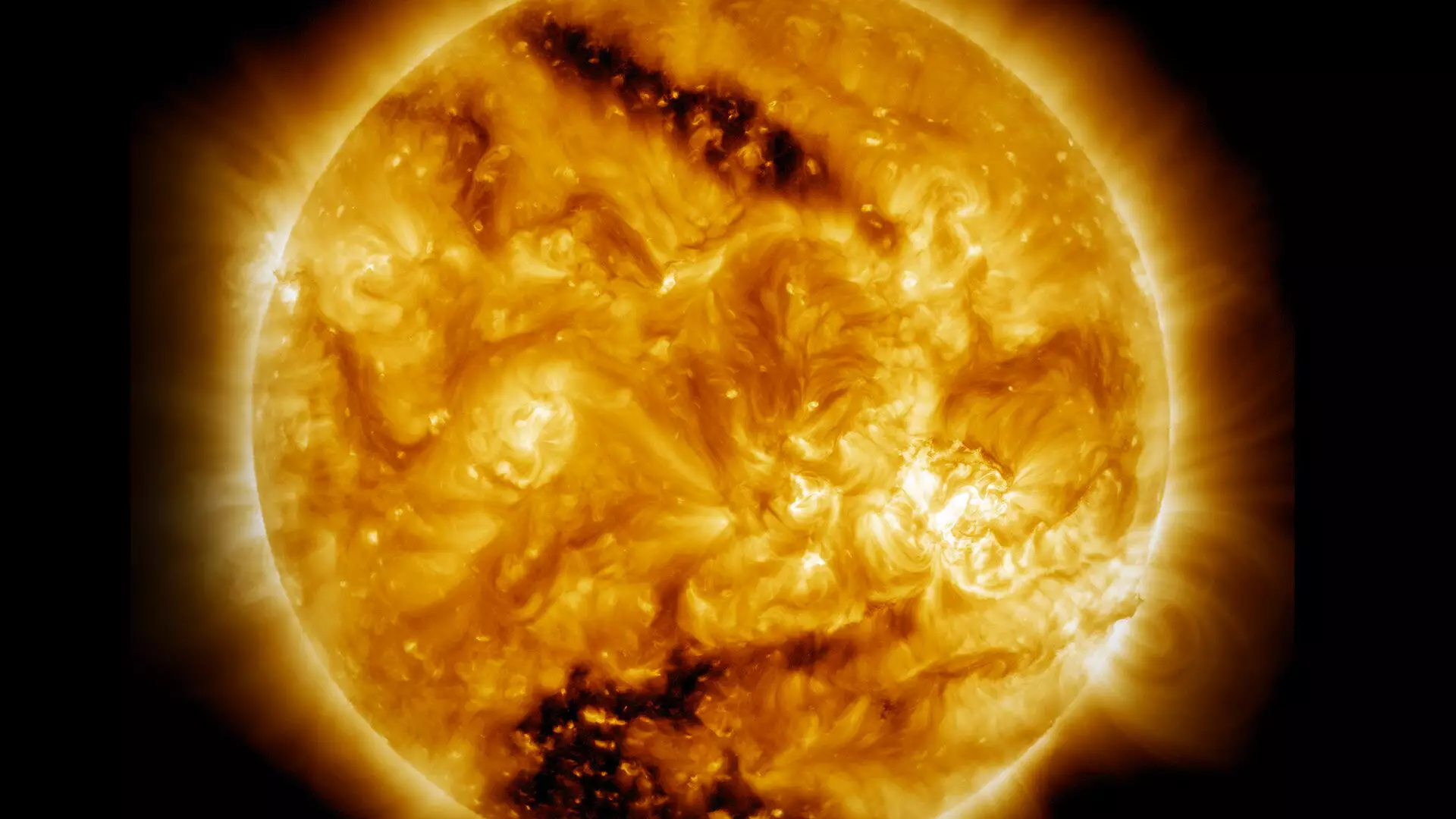The sun is a celestial body steeped in mysteries and contradictions. One of the most perplexing aspects of our star is its temperature gradient, which defies our conventional understanding of astrophysics. The surface temperature of the sun hovers around an astonishing 10,000 degrees Fahrenheit. However, as we extend outward to the solar corona, the atmosphere surrounding the sun, temperatures soar to a staggering 2 million degrees Fahrenheit. This *exponential temperature increase* challenges established thermodynamic principles and ignites curiosity among scientists seeking to uncover the mechanism responsible for this phenomenon.
The curiosity surrounding this temperature differential ignited in earnest back in 1939, when researchers first measured the corona’s extreme temperatures. Since then, countless theories have emerged, but none have managed to conclusively explain why the sun’s corona is significantly hotter than its surface. This enigma has persisted through the decades, leading to a relentless quest for understanding among astrophysicists.
Recent breakthroughs in solar physics have shed light on this perplexing issue, led by a team at the Princeton Plasma Physics Laboratory under the guidance of Sayak Bose. Their research indicates that the heating effect observed in coronal holes—a type of solar phenomenon characterized by lower plasma densities and magnetic fields—may be driven by a process known as *plasma wave reflection*. This insight not only deepens our understanding of the solar corona but also serves as a pivotal advancement toward solving the mystery that has baffled scientists for over eight decades.
In a groundbreaking study published in The Astrophysical Journal, Bose and his colleagues outline how their laboratory experiments revealed that Alfvén waves—named after Nobel Prize winner Hannes Alfvén—can reflect under conditions resembling those found in coronal holes. These waves are analogous to the vibrations created by plucking a guitar string, but instead of strings, they involve complex dynamics of magnetic fields and plasma.
The research team utilized the Large Plasma Device (LAPD) at UCLA to simulate the conditions that mimic solar corona environments. The experiments demonstrated a pivotal finding: when Alfvén waves encounter varying plasma densities and magnetic fields, they do not simply dissipate but can reflect and travel back toward their source. This reflective behavior leads to an interaction between outgoing and reflected waves, generating turbulence that effectively results in heating.
This *experimental verification* is critical; for years, theorists speculated about Alfvén wave reflection as a potential mechanism for heating the corona, but laboratory verification had remained elusive. Jason TenBarge, a research scholar with PPPL, emphasized the significance of confirming that the energy reflected is indeed substantial enough to facilitate the heating process in coronal holes. Such findings represent a crucial intersection of theoretical physics and practical experimentation.
Alongside the experimental component, the research team executed sophisticated computer simulations that mirrored the laboratory conditions, reinforcing their findings regarding Alfvén wave reflection. These simulations added an underscore of reliability to their experimental results and illustrated the intricate physics of Alfvén wave interactions. Bose emphasized the importance of comprehensive verification, stating that simulations served as an essential tool in confirming the accuracy of observed phenomena.
Solar physics is undeniably complex, and unraveling the intricacies of the sun’s behavior, particularly in its corona, is an ongoing endeavor. However, through collaborative interdisciplinary efforts among scientists from Princeton University, UCLA, and Columbia University, profound insights can emerge.
Ultimately, the implications of these findings extend far beyond merely answering a singular question regarding the sun. The phenomena observed in our star can offer clues to understanding other astrophysical environments, from different types of stars to the dynamics at play in distant galaxies. As our knowledge of solar and plasma physics deepens, we inch closer to unraveling the secrets of the cosmos, which could one day transform our understanding of the universe itself.
In a quest that connects laboratory physics with cosmic environments, this research illustrates how foundational scientific inquiry can catalyze our grasp of the natural world, bringing to light the interconnectedness of all things in the cosmos.

